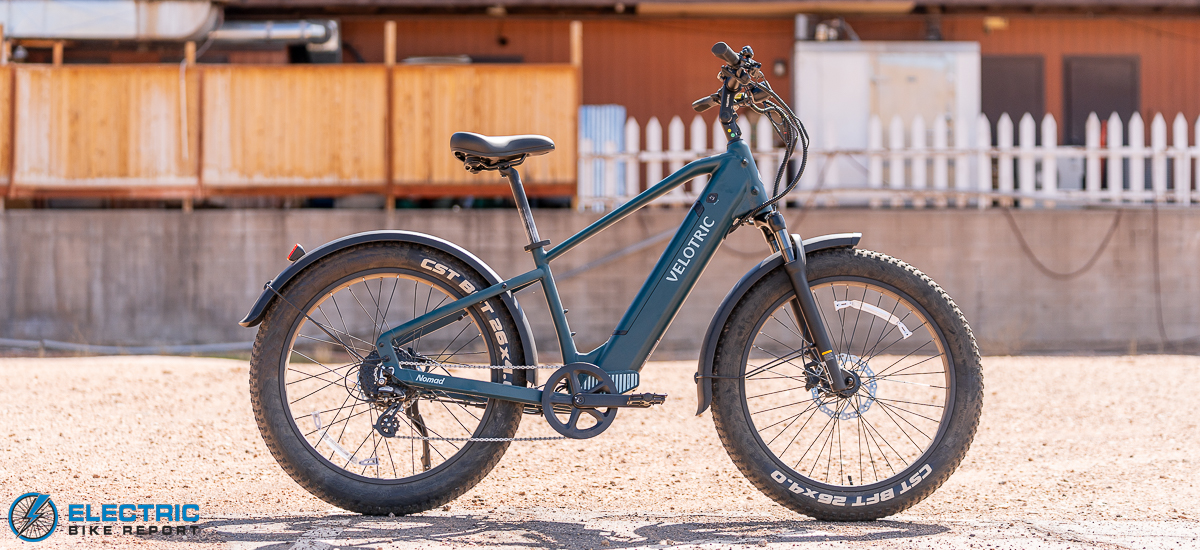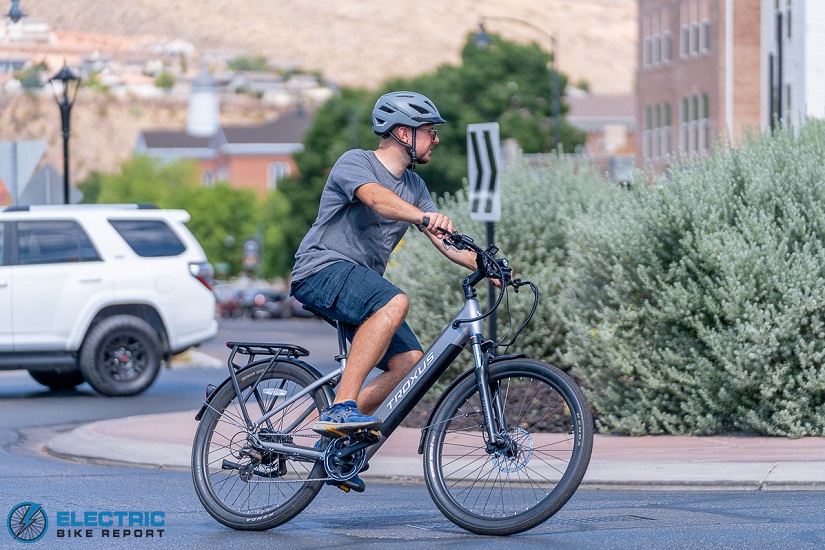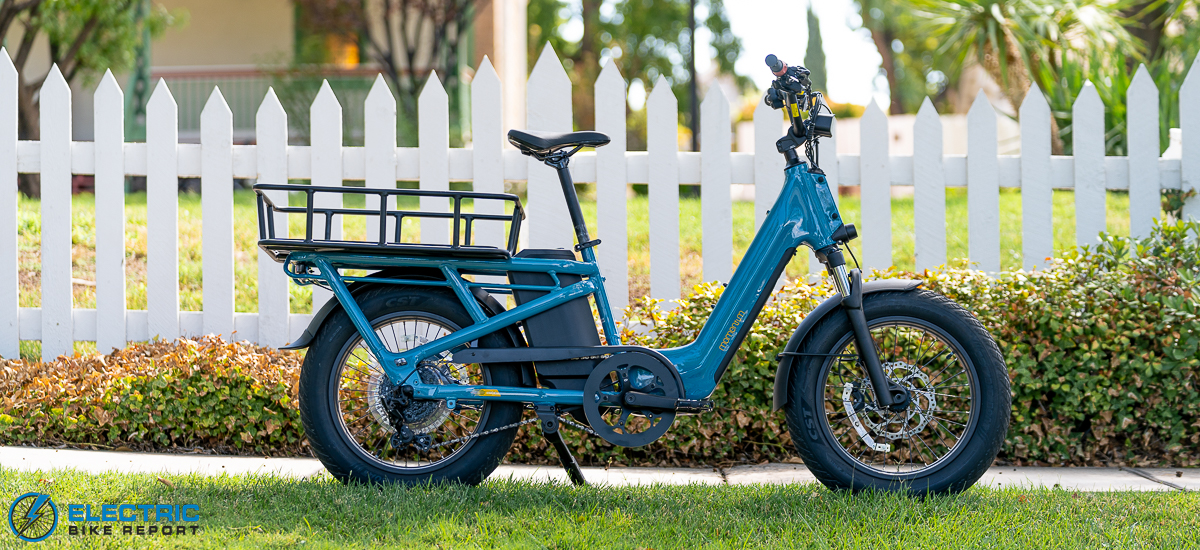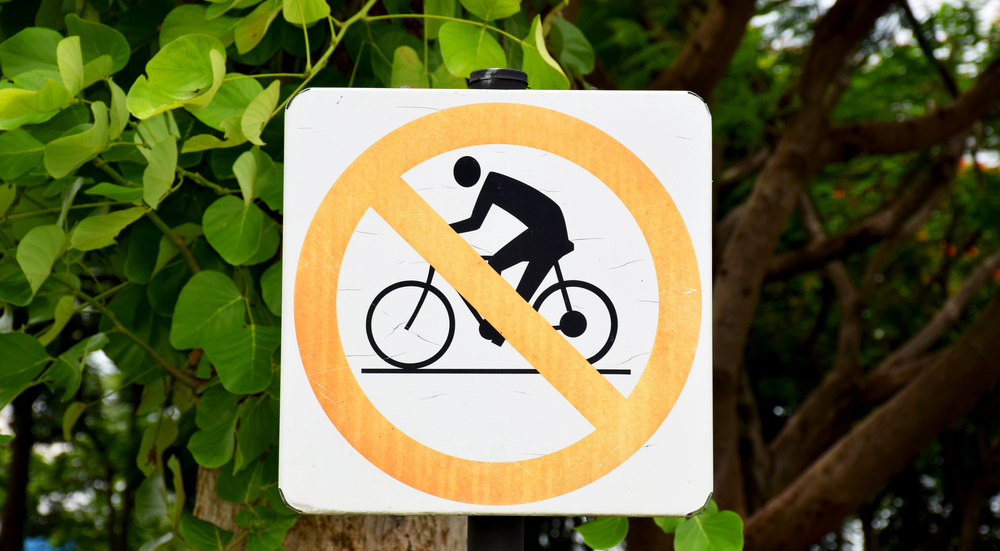
Non-Customizable Speed/Assist Levels

Some e-bikes with Bluetooth technology pair with mobile apps, allowing users to quickly and easily adjust PAS speeds and Class settings.
While it has become increasingly more common for e-bike brands to offer wider levels of customization over Class settings and the increments of PAS settings, our experience suggests the divide is still roughly 50/50. Many e-bikes we have tested were limited to the settings they shipped with, and some that did allow for customization offered only a limited selection of options.
We understand that, due to the variability of laws and regulations governing e-bike use, brands can appeal to the widest range of potential customers by shipping e-bikes in Class 1 or 2 settings. With that in mind, we greatly appreciate it when bikes like the Ride1UP LMT’D V2 offer broad customization options to allow users to tailor the bike to their preferences and local laws.
We encourage more brands to allow users the ability to switch between Class settings, choose their number of pedal assist settings, adjust the speed or power output limits of each setting, and otherwise customize how the bike behaves.
Bar-Based Battery Readout


Is this 5 bars or 15? How much charge is that? We prefer percentage-based readouts for increased reliability and no guesswork.
All e-bikes communicate their current battery status in different ways. Some use three, five, or more bars that represent charge level. Others use a single shrinking bar that depletes as the battery is drained. Still others use a series of lights or a single color-changing light ring.
We find that the most useful battery indicators display charge level as a percentage. Where bar or light-based readouts can be fickle, occasionally resulting in the battery expiring while our range testers are miles away from home base, percentage-based displays tend to be consistent and reliable.
This is a trend that has been slow to change, thus we feel the need to urge it forward. Bar-based readouts are still the predominant method on most e-bikes, but for the sake of accuracy and out of concern for the user experience, we challenge all e-bike manufacturers who have not yet done so to upgrade to percentage-based battery indicators!
Cryptic Menus


E-bikes like the Velotric Discover 2 provide clear, easy-to-follow menus with an expansive range of customization options.
Relating to one of the points discussed above, we urge manufacturers to select (or program) their displays to be easily readable and simple to understand.
As bikes begin to offer greater levels of customization, it is essential that users can quickly scan through settings menu options without the need to decode abbreviations and symbols. Fortunately, all e-bikes seem to have the option to reset to default if things go awry, but we have lost count of the number of times we have mistakenly altered a setting when exploring the bike’s menu.
I would go so far as to recommend linking as many adjustable settings as possible to a mobile app (if the bike offers Bluetooth connectivity), but even without this step, communication is key. Users will be better likely to understand if a setting is off-limits when they know what it is!
The Defense: E-Bike Brakes and Rider Safety
Our qualms in this section relate specifically to safety features. E-bikes can be fast, so it’s important that they also prioritize the safety of their rider.
Commuters Without Brake Lights and Indicators


We believe brands can do better than this pea-sized tail light. Big, bright brake lights (with turn signals) are the way to go!
We believe e-bikes that ride alongside city traffic are safest when they can travel at Class 3 speeds; the fewer vehicles that pass a rider, the less chance there is for a collision. Bike lanes are helpful in separating motorists and cyclists, but at least in the US, well-developed bike infrastructure is still a rare bird. As such, riders of e-bikes of any Class must rely on the basics for safety: helmets, lights, and hand signals.
Commuters are some of our favorites (we have a whole list of our picks for the best commuter e-bikes on the market), but we often find ourselves puzzled when they do not include brake lights. With an onboard battery – and in most cases, some form of tail light – already in place, this seems like a no-brainer. Motorists are far more likely to understand bright/flashing red lights over the hand-down, palm-back hand signal for braking.
Bikes like the Aventon Level.2 are leading the charge when it comes to communication on the road by integrating highly visible brake lights and even turn signals into their seat stays. We’ve seen an increasing number of brands follow suit, but there is still plenty of room for improvement. Brake lights (and turn signals), especially when used in conjunction with hand signals, will only help riders to be safer!
Mechanical Brakes on Heavy/Load-Bearing E-Bikes
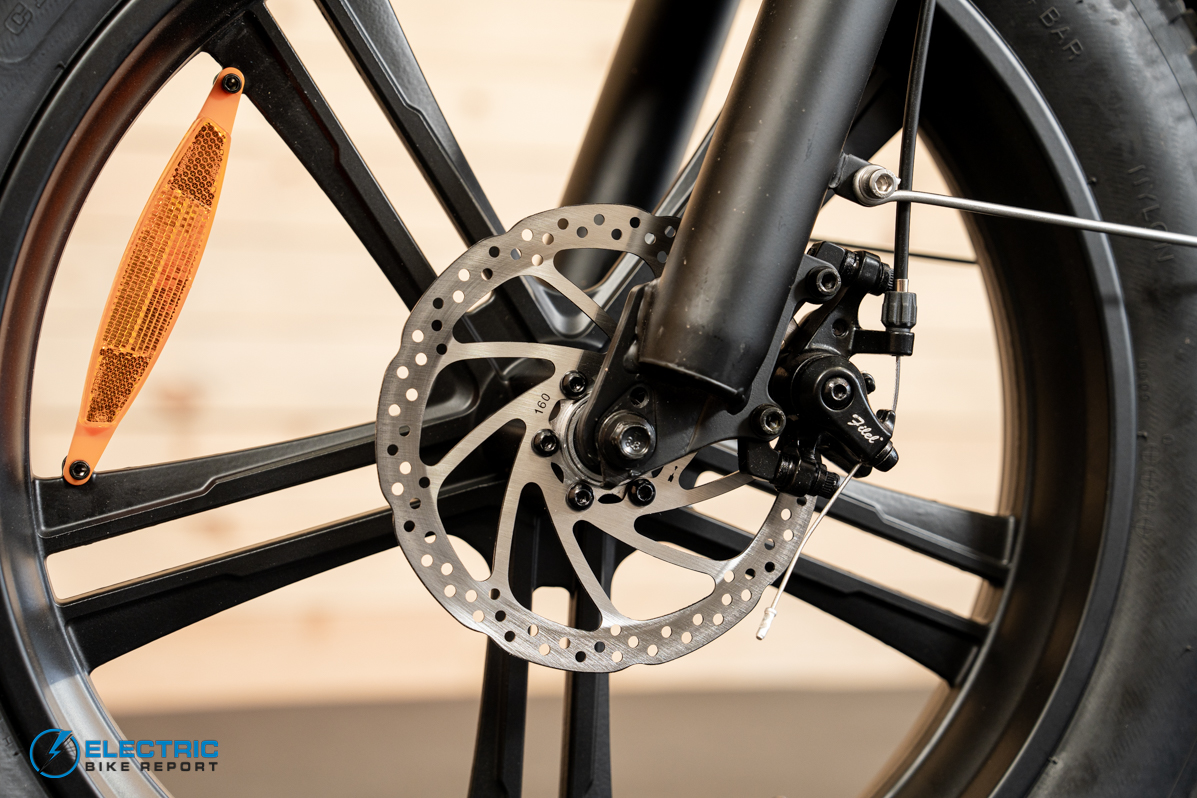

While there are effective mechanical brake systems out there, they just don’t belong on big e-bikes made to carry lots of weight.
In 2023, Lectric shook the industry (a regular practice, it seems) by equipping their flagship e-bike the XP 3.0 with hydraulic disc brakes. This type of brake system is widely regarded as being more effective than any of the mechanical variety, but also more expensive. Lectric’s move was unprecedented on e-bikes bearing a price tag of just $1,000, but it also raised the bar for other brands to follow suit.
To be clear, hydraulic disc brakes are not always necessary on lighter city and urban e-bikes or utility bikes with lower centers of gravity. There are even a select few mechanical brake systems that regularly perform as well as hydraulics in our standardized Brake Test.
However, on heavier bikes with 26”+ wheels and those meant to haul significant weight, we recommend that bike brands invest in effective hydraulic disc brake systems with appropriately-sized rotors. Upgrades can certainly be made by the consumer after purchase, but we believe a lower up-front price should not take priority over safe and effective stopping power.
Inadequate Brakes on Heavy/Performance-Oriented E-Bikes


Huge e-bikes with obscenely powerful motors need stopping power to match.
Building on the previous point, even basic hydraulic brake systems may not be ideal when dealing with hefty, inertia-bound e-bikes or those meant for technical off-road environments. A majority of the e-bikes we test come specced with entry-level 2-piston hydraulic disc brake systems paired with 180mm, 1.8mm-thick rotors. These are generally effective on run-of-the-mill, regular-use e-bikes, but their performance can fall short elsewhere.
Some of the worst performers in our Brake Test were large and heavy e-bikes that weighed 74.6 lbs on average. These bikes had a less-than-ideal average stopping distance of 25’9”, showing a need for increased stopping power.
Based on this data, we encourage manufacturers to adopt the standard practice of equipping better brakes on (fully assembled) e-bikes weighing above 75-80 lbs. Heavy e-bikes meant for off-roading are more difficult to bring to a stop, so they need the increased power of an upgraded brake system, once again paired with appropriately-sized rotors. We urge brands to consider 4-piston hydraulic brakes, 203mm diameter rotors, or 2.3mm-thick rotors (or just all the above?)and adjust from there.



